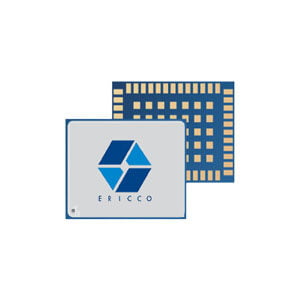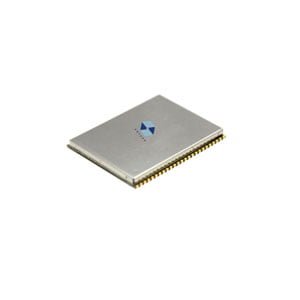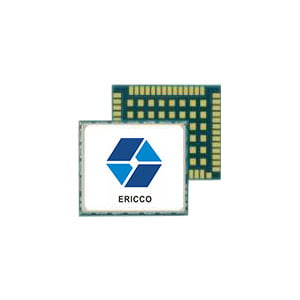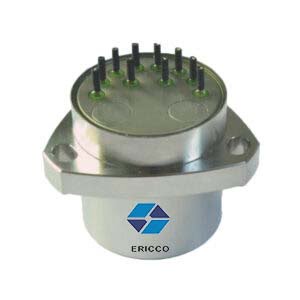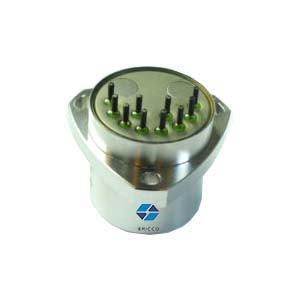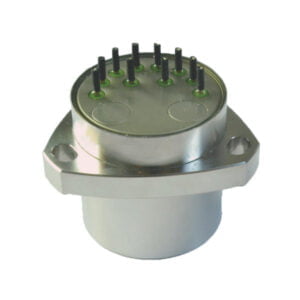Global Navigation Satellite System (GNSS) modules have become ubiquitous in modern technology, enabling precise positioning and navigation in various applications ranging from smartphones to autonomous vehicles. Selecting the right GNSS module is crucial for the success of your project, as different modules offer various features, performance levels, and compatibility. In this guide, we'll walk through the key considerations to help you make an informed decision.
1.Application Requirements
Begin by understanding the specific requirements of your project. Consider factors such as accuracy, update rate, power consumption, size constraints, and environmental conditions. Different applications may prioritize different aspects; for instance, a drone may require high accuracy and fast update rates, while a wearable device may prioritize low power consumption and compact size.
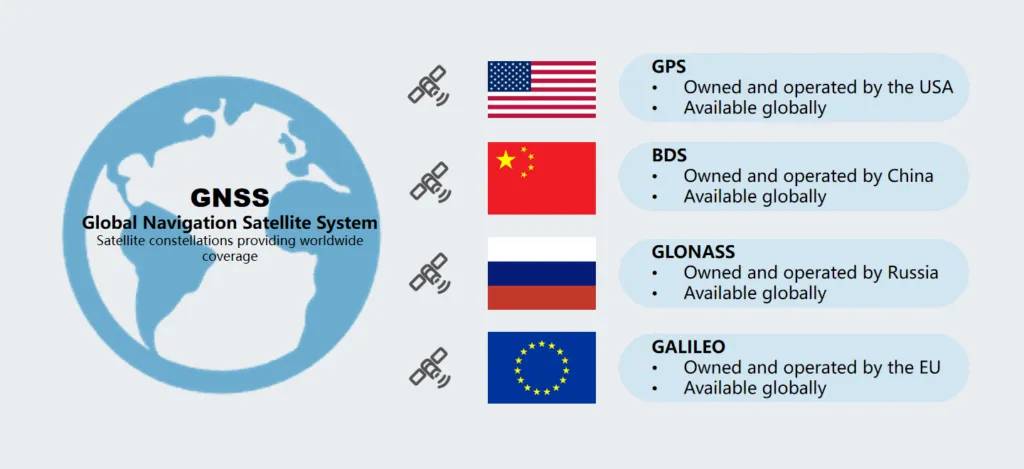
2.GNSS Constellations
GNSS systems comprise multiple constellations, such as GPS (United States), GLONASS (Russia), Galileo (European Union), BeiDou (China), and NavIC (India). Check if the GNSS module supports the constellations required for your application. Access to multiple constellations can enhance accuracy, reliability, and coverage, especially in challenging environments like urban canyons or dense foliage.
3.Accuracy and Precision
GNSS modules offer different levels of accuracy, ranging from standard positioning to high-precision solutions. Assess your project's accuracy requirements based on the intended use case. High-precision applications such as surveying or precision agriculture demand centimeter-level accuracy, whereas consumer devices like smartphones may suffice with meter-level accuracy.
RTK (Real-time kinematic) GNSS is a type of GNSS technology that uses a combination of GNSS signals and a local base station to provide highly accurate positioning data. Unlike traditional GNSS systems, which rely on data from satellites alone, RTK GNSS systems use additional data from a nearby base station to improve the accuracy of the GNSS data. This can provide positioning data that is accurate to within centimeters. It is notable that the ER-GNSS-M11 module possesses on-chip RTK positioning technology and dual-antenna directional solution.
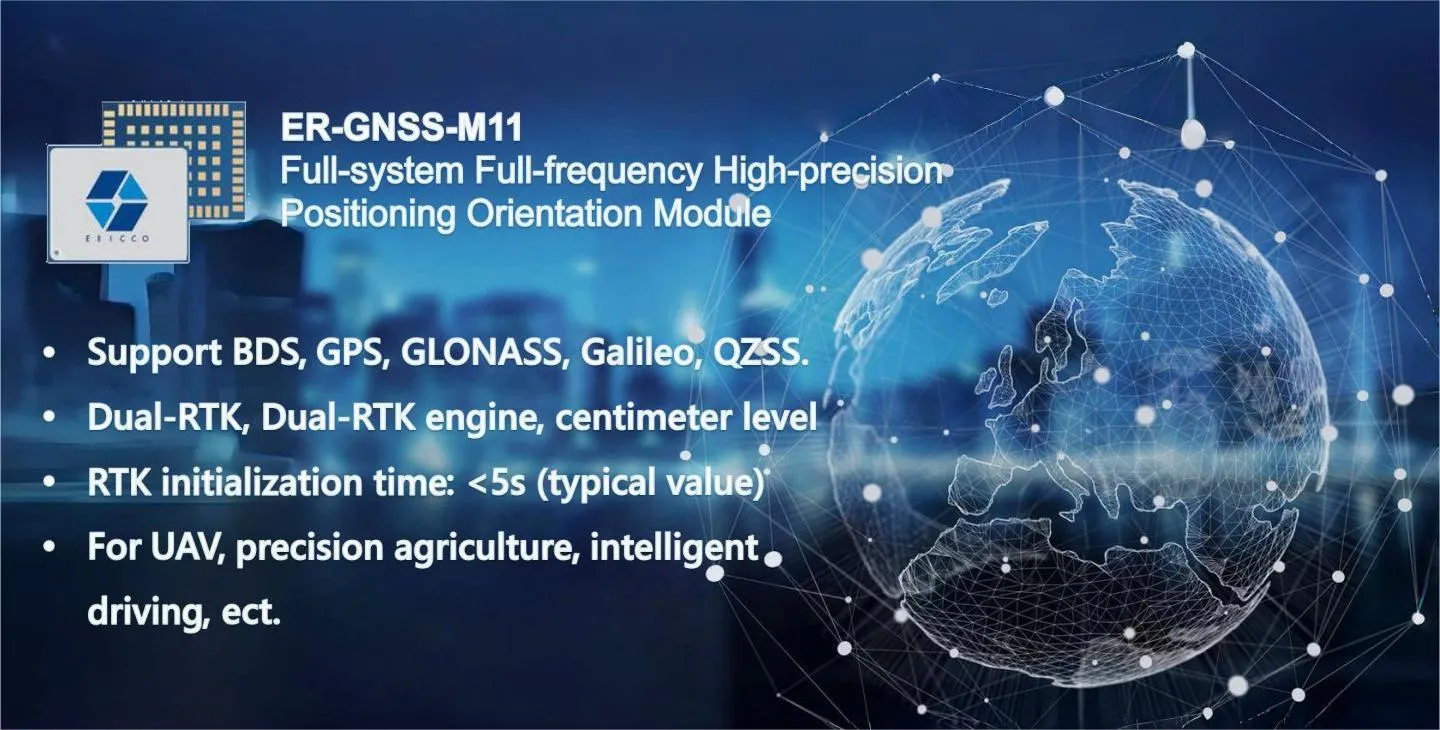
4.Integration and Compatibility
Evaluate the GNSS module's compatibility with your existing hardware, software, and communication protocols. Ensure that the module interfaces seamlessly with your microcontroller, processor, or system-on-chip (SoC). Additionally, consider factors like communication interfaces (UART, SPI, I2C), operating voltage, and available software development kits (SDKs) or libraries for easy integration.
5.Power Consumption
Power efficiency is vital, particularly for battery-powered devices or applications requiring continuous operation. Look for GNSS modules optimized for low power consumption, offering various power modes (e.g., sleep mode, power-saving modes) to minimize energy usage without compromising performance.
6.Update Rate and Fix Time
The update rate refers to how frequently the GNSS module provides position updates. Faster update rates are essential for dynamic applications such as sports tracking or autonomous vehicles. Similarly, fix time, which is the time taken by the module to acquire satellite signals and calculate a position fix, is critical for applications requiring quick startup times. For example, ER-GNSS-M11 boasts TTFF (cold start) of less than 30s.
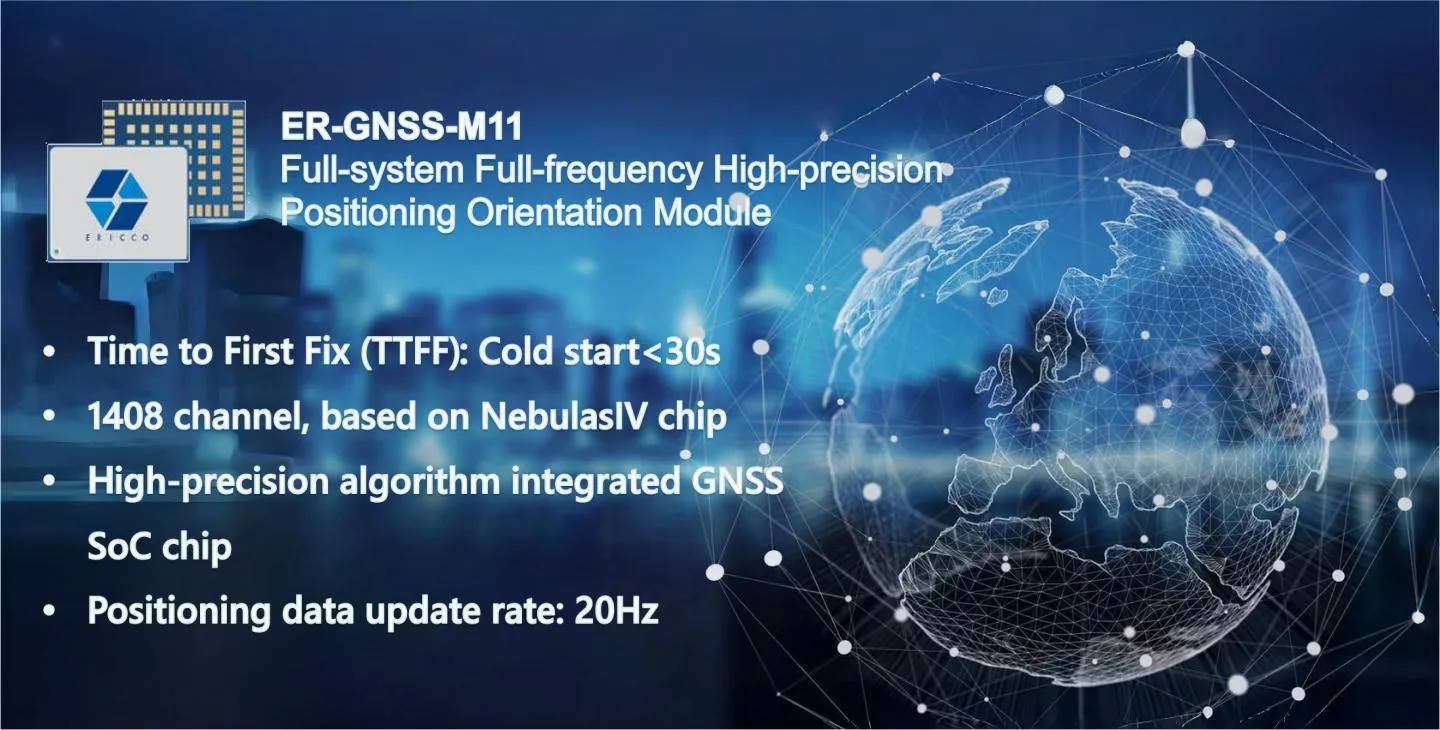
7.Environmental Considerations
Assess the GNSS module's robustness and suitability for the environmental conditions in which your device will operate. Factors such as temperature range, humidity, vibration, shock resistance, and waterproofing are essential, especially for outdoor or ruggedized applications.
8.Size and Form Factor
Consider the physical dimensions and form factor of the GNSS module, especially if space is limited in your application. Compact modules with surface-mount technology (SMT) are suitable for small devices like wearables, whereas larger modules may be preferred for applications where size is less restrictive.
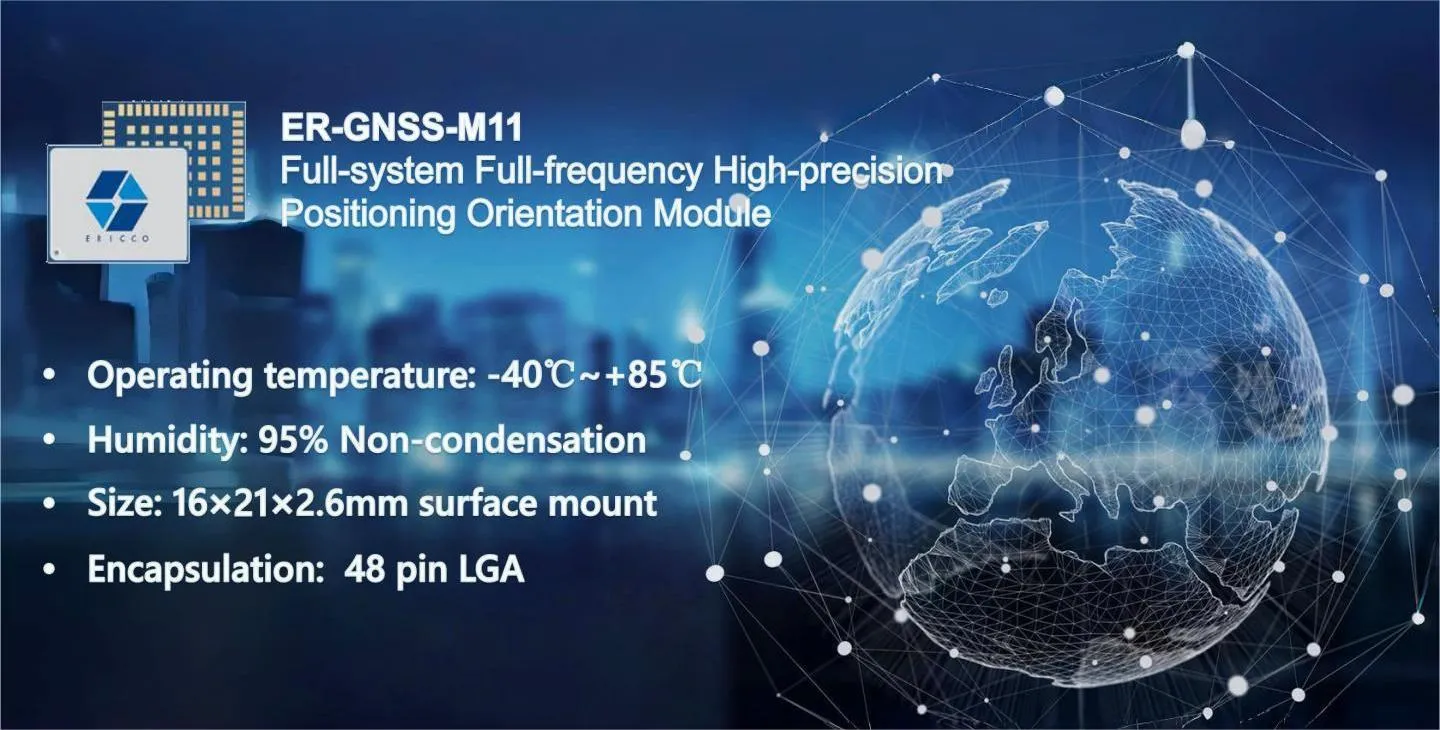
In conclusion, selecting the right GNSS module requires careful consideration of various factors including application requirements, accuracy, constellations supported, update rate, integration compatibility, power consumption, size, environmental robustness, and cost. By evaluating these factors systematically, the ER-GNSS-M11 full system full frequency module is an excellent choice.
More Technical Questions
1. 5 Proven Methods to Ensure Your GNSS Security
2. Enhance Navigation Accuracy: Advancements in GNSS INS Integration
3. Analysis of Spoofing Detection and Mitigation Techniques for GNSS
4. Failure Mode Analysis of Quartz Flexure Accelerometer
5. Improvement of Temperature Stability of Quartz Flexible Accelerometers
6. Quartz Accelerometers Advance Petroleum Logging Precision


